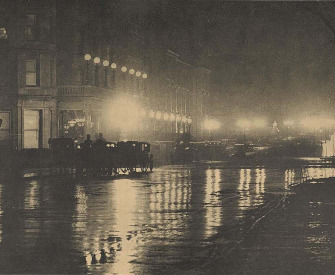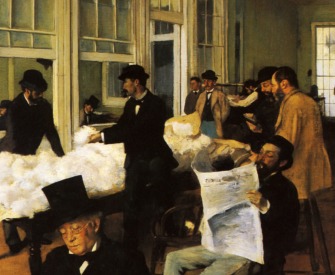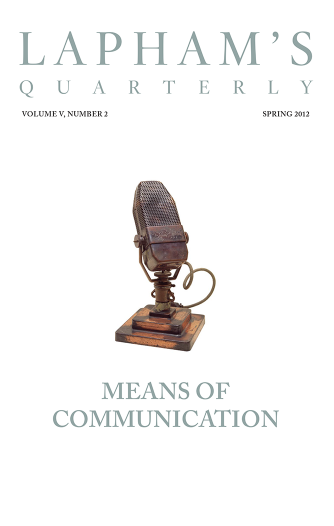The greatest improvement in the productive powers of labor and the greater part of the skill, dexterity, and judgment with which it is anywhere directed or applied seem to have been the effects of the division of labor.
The effects of the division of labor, in the general business of society, will be more easily understood by considering in what manner it operates in some particular manufactures. It is commonly supposed to be carried furthest in some very trifling ones—not perhaps that it really is carried further in them than in others of more importance, but in those trifling manufactures which are destined to supply the small wants of but a small number of people, the whole number of workmen must necessarily be small, and those employed in every different branch of the work can often be collected into the same workhouse and placed at once under the view of the spectator. In those great manufactures, on the contrary, which are destined to supply the great wants of the great body of the people, every different branch of the work employs so great a number of workmen, that it is impossible to collect them all into the same workhouse. We can seldom see more, at one time, than those employed in one single branch. Though in such manufactures, therefore, the work may really be divided into a much greater number of parts, than in those of a more trifling nature, the division is not near so obvious and has accordingly been much less observed.
To take an example, therefore, from a very trifling manufacture, but one in which the division of labor has been very often taken notice of: the trade of the pin maker. A workman not educated to this business (which the division of labor has rendered a distinct trade), nor acquainted with the use of the machinery employed in it (to the invention of which the same division of labor has probably given occasion), could scarce, perhaps, with his utmost industry make one pin in a day, and certainly could not make twenty. But in the way in which this business is now carried on, not only the whole work is a peculiar trade, but it is divided into a number of branches, of which the greater part are likewise peculiar trades. One man draws out the wire, another straights it, a third cuts it, a fourth points it, a fifth grinds it at the top for receiving the head; to make the head requires two or three distinct operations; to put it on is a peculiar business, to whiten the pins is another; it is even a trade by itself to put them into the paper. And the important business of making a pin is, in this manner, divided into about eighteen distinct operations, which, in some manufactories, are all performed by distinct hands, though in others the same man will sometimes perform two or three of them. I have seen a small manufactory of this kind where ten men only were employed, and where some of them consequently performed two or three distinct operations. But though they were very poor and therefore but indifferently accommodated with the necessary machinery, they could, when they exerted themselves, make among them about twelve pounds of pins in a day. There are in a pound upward of four thousand pins of a middling size. Those ten persons, therefore, could make among them upward of 48,000 pins in a day. Each person, therefore, making a tenth part of 48,000 pins, might be considered as making 4,800 pins in a day. But if they had all wrought separately and independently, and without any of them having been educated to this peculiar business, they certainly could not each of them have made twenty, perhaps not one pin in a day; that is, certainly not the 240th, perhaps not the 4800th part of what they are at present capable of performing, in consequence of a proper division and combination of their different operations.
From The Wealth of Nations. Smith was briefly kidnapped by gypsies at the age of four, prompting one of his biographers to remark, “He would have made, I fear, a poor gypsy.” Having published his Theory of Moral Sentiments in 1759, he was later elected to the Royal Society, becoming acquainted with Samuel Johnson and Edward Gibbon. The latter’s first volume of Decline and Fall was published the same year as Smith’s magnum opus, on which he had spent more than a decade.
Back to Issue





